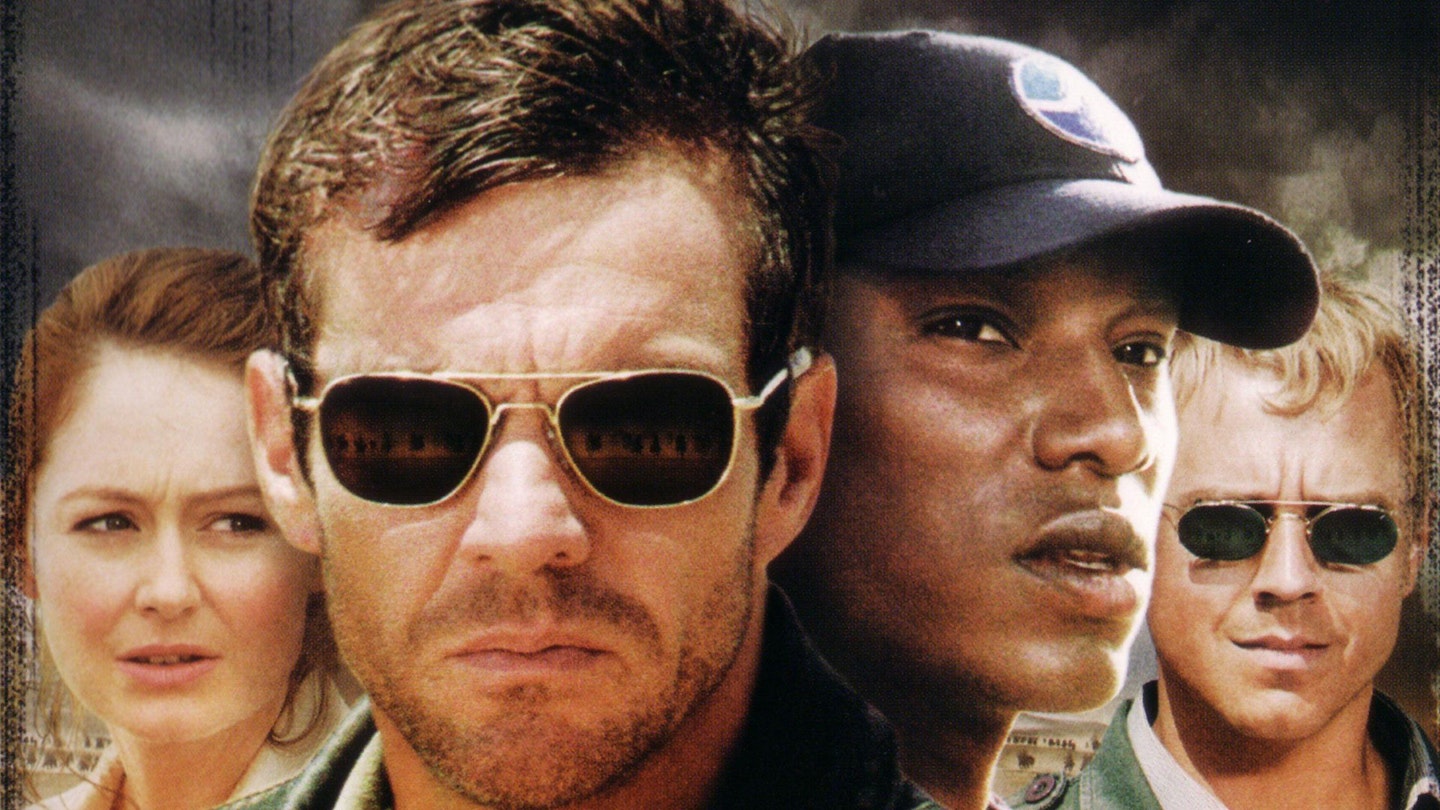As if lousy US box office hadn't already burdened Fox's unseasonal adventure fledgling with enough excess baggage, cunning TV schedulers clipped its wings by handing Robert Aldrich's superior 1965 original a prime post-New Year slot. Recent history has certainly served up more egregious remakes than John Moore's plucky, if clunky, new Phoenix, but it is the Irish director's misfortune to have provided a textbook example of everything that studio pictures have lost, and in some places gained, during the four decades since Aldrich adapted Elleston Trevor's novel.
The gains are not insignificant, and certainly less commented upon by critics circling this holiday turkey. Aldrich's The Flight Of The Phoenix is talky, overlong and lacks a climax. Despite being partially shot in the Arizona desert, it also fails to generate any real sense of location - or even heat. Moore's Flight Of The Phoenix (note the lack of the definite article, as if the remake doesn't dare lay claim to ultimate status) is a sleeker, faster model. The third act has been rehauled and plot holes in the original papered over.
More importantly, Moore takes advantage of all the tools in the modern filmmaking kit to create an impressive - and oppressive - atmosphere. The plane crash has real weight; the sun real potency; the sand gets simply everywhere. Unlike Aldrich's Saharan set, Moore's Gobi desert actually makes you sweat - which should be half the battle.
The losses, however, are even more considerable. Aldrich's cast included four Oscar winners, with James Stewart headlining as pilot Frank Towns. Quaid in Stewart's Everyman shoes we can handle, but below him Moore is working with bit parts and nobodies. Stewart's co-pilot was Richard Attenborough; Quaid gets singer-turned-actor Tyrese - Who would you rather fly with? But Tyrese and company are symptoms rather than cause. The reason great actors flocked to the first Phoenix was because it was a true character piece, rich in eternal conflict and contemporary meaning. Trevor was a World War II RAF engineer and his principal characters are veterans scarred by both war and post-war recovery. Officers and enlisted men play out the class struggle, while Towns struggles with a guilt that knows unspoken depths and fragile minds fight losing battles with heat exhaustion. It's not as if current socio-political circumstances have starved us of big themes, but Moore's focus-grouped movie seems to be afraid of them. The very notion of character is reduced to a node, items to be ticked off some pre-flight checklist. Where Stewart's crew fought, Quaid's squad merely bicker. No matter how hard Giovanni Ribisi works in the key role as the arrogant aircraft designer, he still lacks the one quality that made his predecessor such an irritant to old Allies: a German accent.
And where Aldrich could simply let his accomplished actors explore rewarding character interactions for a couple of hours, the remake must constantly invent incident, new things for the motley crew to do lest the (apparently quickly bored) audience see through the entire ruse. Some of the diversions are diverting enough, but several, such as the Hey Ya musical montage, are unforgivable.
What is best about Moore's model are the parts salvaged wholesale from the first Flight - the elements of the original design that simply could not be improved upon. So, for all its problems, Flight Of The Phoenix remains a cracking survival story with a distinctive feel and a surprising twist.
